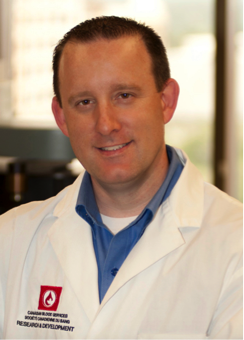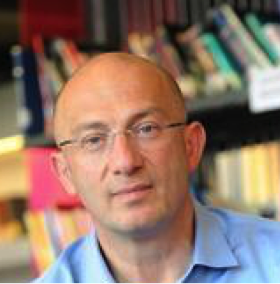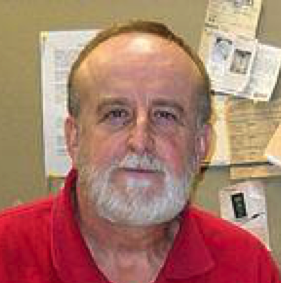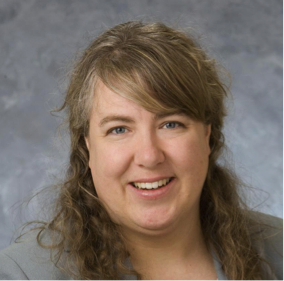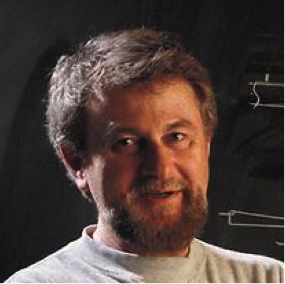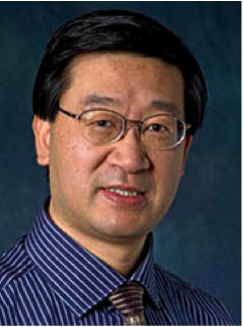IL-33: friend or foe?
This month, Ferhat et al. reported efforts to identify the immunological underpinnings of ischemia reperfusion injury (IRI; damage resulting from the cessation and return of flow to an organ). Identification of the pathway(s) leading to this injury could result in pharmaceuticals capable of preventing pathway activation – preventing IRI and improving organ quality.
In a mouse line lacking IL-33, Ferhat et al. saw decreased inflammation and injury 24 hours after cutting off kidney flow (Ferhat et al. 2018). Specifically, IL-33 was found to expand a subset of immune cells associated with tissue homeostasis, inflammation, and wound healing.
The story, however, is more complex than just an immune pathway gone awry. Last month, Cao et al. published a protective effect of IL-33 when administered to mice daily for 5 days prior to the induction of IRI. As in Ferhat et al, Cao et al found that IL-33 expanded the same subset of cells, however this group found a protective effect of these cells, even when transferred to an immunocompromised mouse prior to IRI (Cao et al. 2018).
While these findings appear to be at odds with one another, it is possible for both groups to be correct – that deletion of IL-33 is beneficial, and addition of extra IL-33 is protective. In fact, previous work has shown that the timing and duration of IL-33 dictates whether its effects will be protective or injurious (Stremska et al. 2017; Liang et al. 2017).







